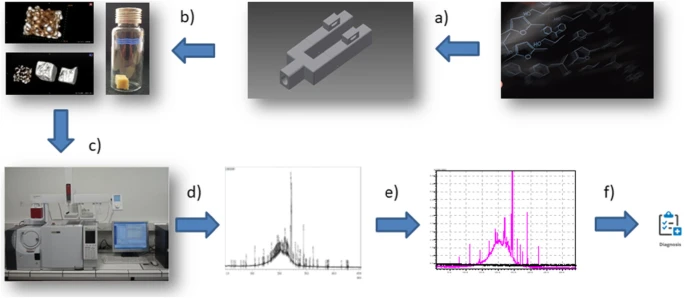- Research
- Open Access
Abstract
Objectives
Swimming is one of the most popular forms of physical activity. Pool water is cleaned with chlorine, which - in combination with compounds contained in water - could form chloramines and trichloromethane in the swimmer’s lungs. The aim of the present study was to examine the effect of swimming training in an indoor pool on the composition of swimmers’ respiratory phase metabolomics, and develop a system to provide basic information about its impact on the swimmer’s airway mucosa metabolism, which could help to assess the risk of secondary respiratory tract diseases i.e. sport results, condition, and health including lung acute and chronic diseases).
Design
A group of competitive swimmers participated in the study and samples of their respiratory phase before training, immediately after training, and 2 h after training were assessed.
Methods
Sixteen male national and international-level competitive swimmers participated in this study. Respiratory phase analysis of the indoor swimming pool swimmers was performed. Gas chromatography combined with mass spectrometry (GCMS) was used in the measurements. All collected data were transferred to numerical analysis for trends of tracking and mapping. The breathing phase was collected on special porous material and analyzed using GCMS headspace.
Results
The obtained samples of exhaled air were composed of significantly different metabolomics when compared before, during and after exercise training. This suggests that exposition to indoor chlorine causes changes in the airway mucosa.
Conclusion
This phenomenon may be explained by occurrence of a chlorine-initiated bio-reaction in the swimmers’ lungs. The obtained results indicate that chromatographic exhaled gas analysis is a sensitive method of pulmonary metabolomic changes assessment. Presented analysis of swimmers exhaled air indicates, that indoor swimming may be responsible for airway irritation caused by volatile chlorine compounds and their influence on lung metabolism.

No comments:
Post a Comment